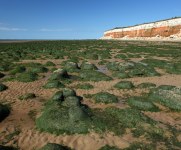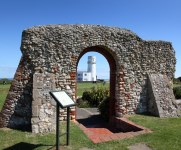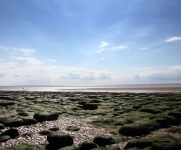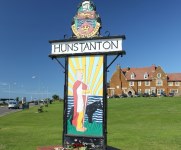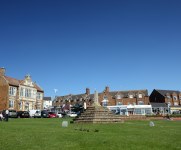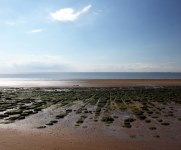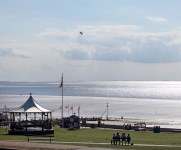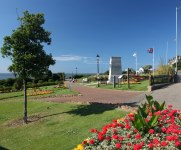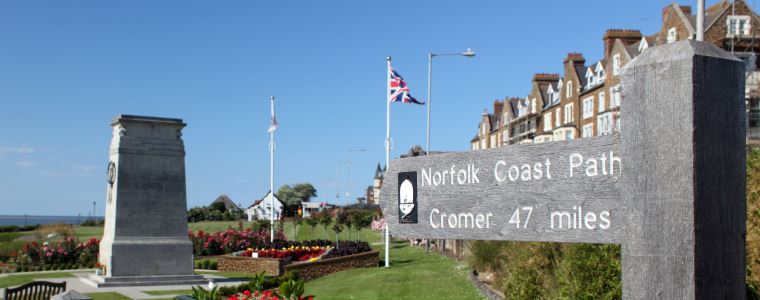
Hunstanton itself dates back to the Domesday Book of 1086, when it was recorded as ‘Hunestanestuna’. The Old English name means literally, the farmstead of a man called Hunstan. Since Victorian times, and the coming of the railways, Hunstanton has been a popular seaside destination. Edward VII was a regular visitor, and it is rumoured the railway line that ran from London to King’s Lynn, then on to Hunstanton, was built to encourage the future king away from the nightlife of London to live a ‘healthier life’ in the countryside.
These days, Hunstanton’s streets are lined with Victorian and Edwardian houses that have a timeless elegance. And, with its arcades, leisure centre and sea-front stalls at the eastern end of the town and its independent shops, delis, cafes and restaurants –
Chives is a fabulous bistro definitely worth a visit – Hunstanton has both an upbeat, liveliness and a charm and character that suits a range of visitors.
The recent development of a thriving water sports culture on the Hunstanton seafront has added another dimension to the town. Adventure sports enthusiasts from all over the UK come to Hunstanton for its open, sandy beaches and rolling waves –
perfect for kite surfing and beach-kiting.
The best way to see the area is via the coastal path. Hunstanton is the starting point of the 40 mile Norfolk Coastal Path that runs all the way to Cromer, and as you take your first steps along the coast, you will see the striking and unique striped cliffs for which the town is famous. The three layers of red and white and rust-brown sandstone is the perfect back drop for a stunning sea vista, particular in early evening when the sun goes down over the sea.

